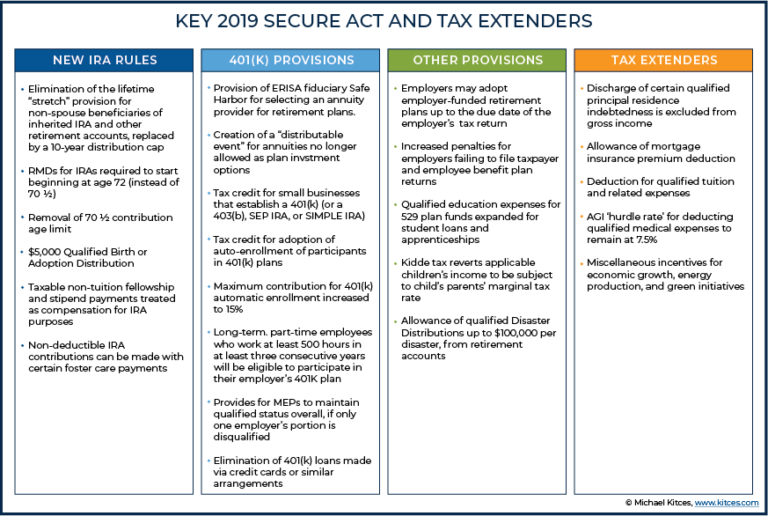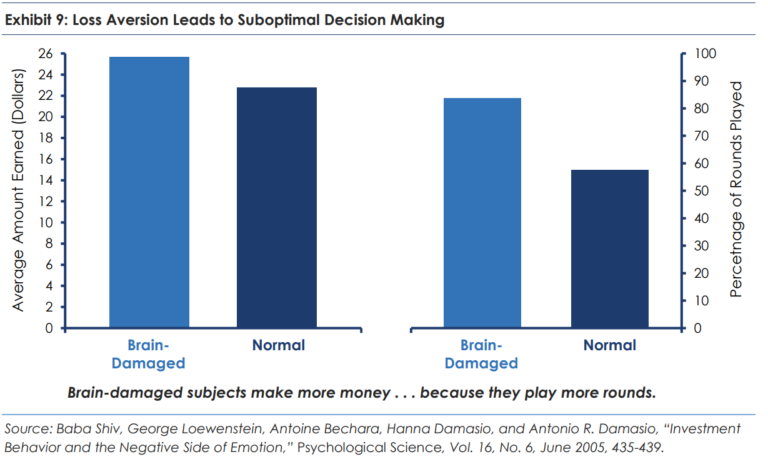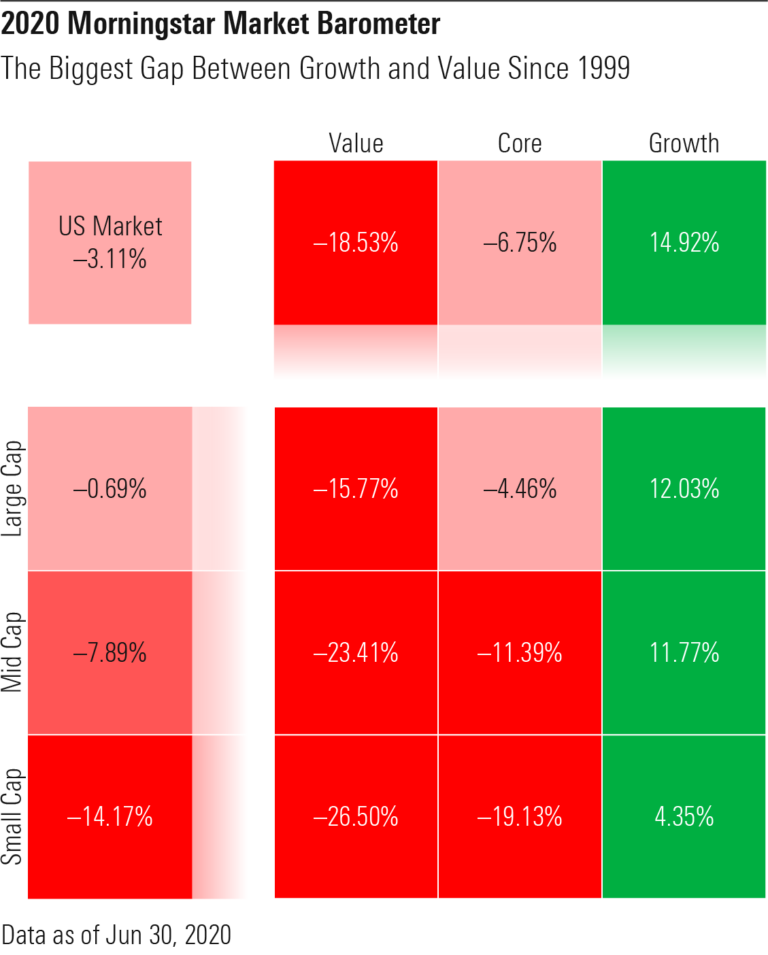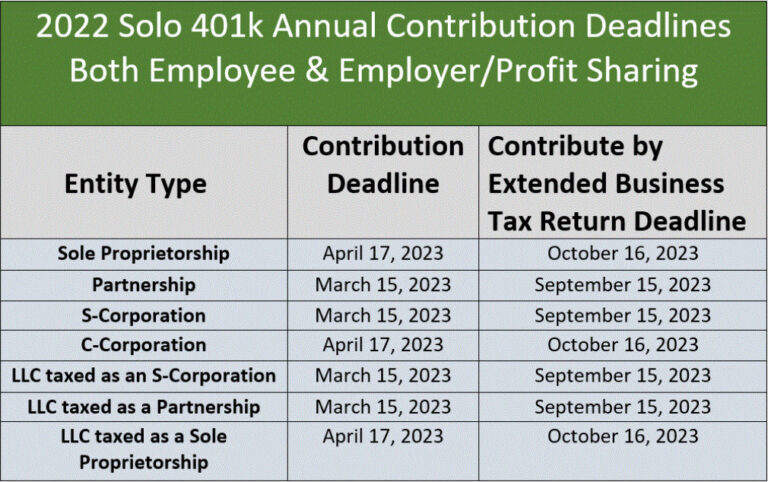Budgeting (Part 2): How Much Should I Be Saving?
(This is part two in a series, if you didn’t read my last blog post, then I would recommend starting there.)
The most common financial goal I know of is financial independence. People want the freedom to travel, spend time with family and friends, work part-time, or start a business. However, America as a whole seems to be performing at a level that makes financial independence unrealistic for most.
- Approximately 64% of Americans have less than $10,000 saved for when they retire
- Two-thirds of the US would struggle to cover a $1,000 emergency
- The Average American Saves less than 5% of their disposable income
- 35% of Americans in the U.S. pay the minimum on their credit card debt every month
The disconnect is that those same people are the ones who are expecting to retire. Some may be able to if they keep expenses below what social security will pay them (see more about social security calculations here). But when the average retired worker is only receiving $1,477/mo, it is not hard to see why many people will struggle because of their lack of preparation.
Below we will cover realistic numbers to know what it takes to retire at 50, 60, or 80. Keep in mind that life happens, no matter how well you prepare.
Profile and Return Expectations
For example, let’s look at Steve Bowman. He is 25, has a good job, and wants to start saving for his future. Steve wants to be financially independent by 65, so he can move to the mountains. Steve doesn’t want to rely on social security and has no other sources of income other than his investment account to use for income. Steve currently has a net worth of $0 (no assets and no debts). But, he does have time and earning potential. He believes he can earn a 5% investment return after inflation. The average inflation rate since 1913 has been 3.15%, which means that Steve needs an average return of 8.15%. To put that in perspective, a 60% stock and 40% bond portfolio returned 8.6% from 1926-2018.
Calculator Assumptions
For the math below to work in a short-form blog, we need to make certain assumptions to reduce the complexity of this back of the envelope calculation.
- We assume that if you save 10% of your income and spend 90% then you will continue to spend the same amount during retirement
- We assume a constant positive return every year, with no down years
- We assume a 4% spend (or drawdown rate) and 5% investment growth after inflation
- We assume no social security benefit
Savings Rate
If Steve brings home $65,000 after taxes, then his savings rate should be based on the after-tax amount of $65,000. If Steve were to save the typical 10% ($6,500) and spend 90% ($58,500) of his income starting at age 25, then he would be financially independent in 51 years, by age 76. It’s possible to reduce his retirement start date 11 years, to 65, by saving 17% of his income. However, if he wanted to save even more to retire by 55, then he would need to save 28% of his income. But saving isn’t the only lever we can manipulate in this calculation. Along the way, we have a few tools available to shorten this time horizon, such as tax-advantaged accounts, behavioral changes, tax efficiencies, efficient giving, debt restructuring, higher returns, and fee efficiencies. Sadly, I don’t have the space to cover all of those topics in one blog.
Spending Rate
If you use this net worth calculator to plug in your salary, savings rate, return, etc., you will notice something interesting. It doesn’t matter if you take home $100,000 per year or $300,000. If you both are saving 10% of your income, then you will be financially independent on the same date. This is because the calculator assumes that your current living expenses will continue into retirement. However, in most cases, retirement expenses go down due to no mortgage, kids’ moving out, and hopefully, no student loans. What we then run across is the double-edged impact of saving. Not only does increased savings add to your nest egg, but it also conditions you to be comfortable with lower lifestyle expenses. Justin wrote a more in-depth analysis of how to think of this factor HERE. Below is an image of the output when a 17% savings rate is assumed.
If you want to compare the difference a savings rate can have on your future retirement date; then it helps to use an excel spreadsheet to compare multiple options in the same frame.
Sailing and Retirement
You can view your expenses as a boat you are on, full of all the things you like that you are taking with you to the land of financial independence and your savings rate is the sail. If you have a tiny sail and a big boat, then it’s going to take a long time to get there. But if you have the discipline to add a sail here or there for stability and speed, drop a few unnecessary trunks off at the next port, then you may be on a Nautor’s Swan 120 that inspires confidence the entire way.








